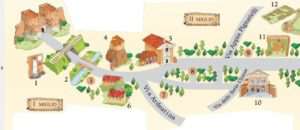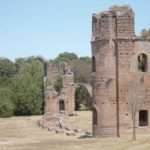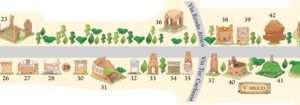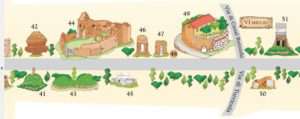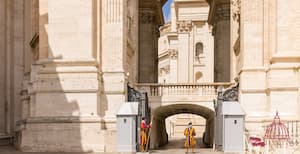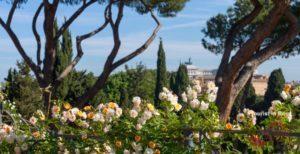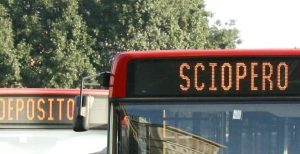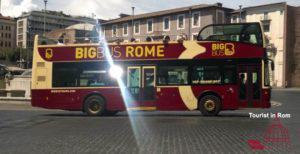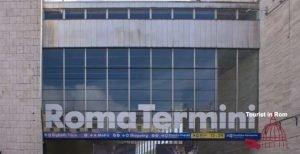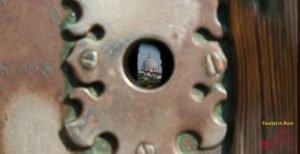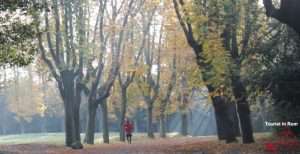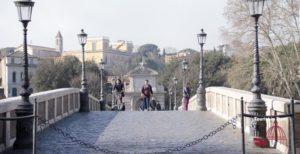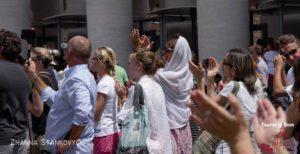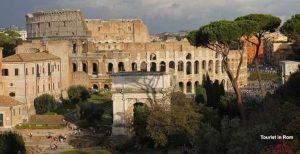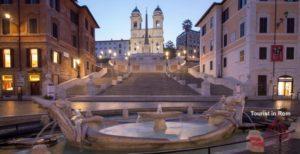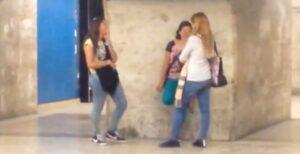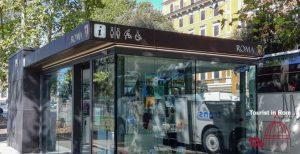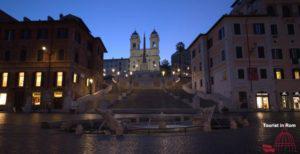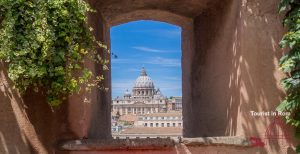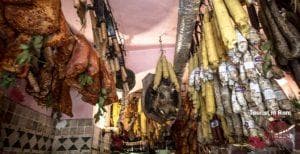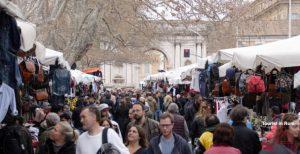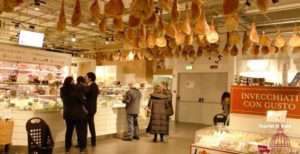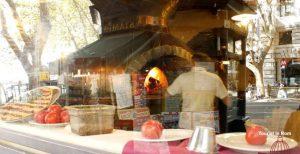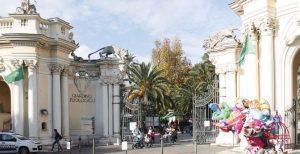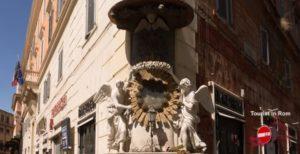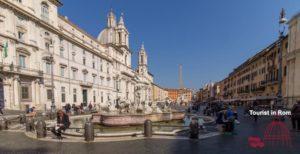312 BC: The Regina Viarum, Queen of the streets, was named after Appius Claudius, Roman censor. Surely you remember the bumpy ancient pavement of the Via Appia Antica and the Mausoleum of Cecilia Metella (14).
Or the Circus of Maxentius (12), the Casale Rotondo (49) with its little house on top, the Villa dei Quintili (44) surrounded by orchids! The tall umbrella pines, the oleander avenues and the Chapel of Santa Maria in Palmis, where Jesus is said to have appeared to the Apostle Peter (5), remain other features of Rome. Few signs of modern life!
Partner-Links helfen uns dabei, unsere Informationen kostenlos bereitzustellen. Für abgeschlossene Buchungen erhalten wir eine Provision – ohne Mehrkosten für Sie! Mehr
Partner links help us to provide our information free of charge. For completed bookings we receive a commission – at no extra cost to you! More
I link dei partner ci aiutano a fornire gratuitamente le nostre informazioni. Riceviamo una commissione per le prenotazioni completate, senza alcun costo aggiuntivo per voi! Di più
The Regional Park
The former traffic artery has been transformed into a timeless and rural idyll. Antiquity, nature and mother earth! The gigantic protected area of today’s Regional Park extends out of the city over the southeastern part of Rome to Marino. The adjacent green lungs still hold numerous monuments. One could spend weeks here. Where others travel to the Bavarian Forest, this fantastic nature reserve offers itself as a recreational area. Meanwhile, good bike paths and associated tours are available.
For first-time visitors who stay only a few days in Rome, a guided tour is suitable to visit the main sights in a short time.
However, exploring the ancient street on your own remains an unforgettable experience!
During a leisurely walk in the midst of nature and antiquity, you quickly forget time and worries. The time machine catapults you involuntarily back to antiquity. When the basalt pavement is exposed for the first time, only local car traffic is allowed. Except on Sundays, when driving is banned and the Appia becomes a pedestrian zone.
The management of the park advises against coming by car. If this is not possible otherwise, then you can find a parking lot at Via Appia Antica 57, where Via della Caffarella begins. Bus 218 or 118 stops, among others, at Via Appia (Domine Quo Vadis) not far from the information office of the Parco Regionale dell’Appia Antica at Via Appia Antica 60 (3).
The Infocenter’s website provides information about six walking trails and five cycling routes. Also available are the route of the aqueducts and two tours of Caffarella Park. Now the crucial question arises: with or without a bike? Those in favor of hearty cycling fare have made their choice. The bumpy pavement from Cecilia Metella to Casale Rotondo is not always easy to navigate. If you always have to look down, you won’t be able to enjoy the area. Apart from that, the park regulations require you to get off your bike at some points. On the other hand, you save a lot of time. It is up to your discretion. The area from the Infocenter to Cecilia Metella and in the other direction to the Wall Museum is relatively passable by Roman standards.
Parco Regionale dell’Appia Antica * Tel./Fax 06 5135316 www.parcoappiaantica.org
Small introduction of the Appia Antica
Andiamo. When you are in front of the Information Center, first walk to the left. After about 200 meters on the other side of the street, where the Caffarella Park borders, the Cappella di Reginald Pole is hidden at the fork. It was built in 1539 by the English Cardinal Reginald Pole. He became known as an opponent of the reform of his cousin King Henry VIII. The chapel was inspired by the Roman constructions of the time and is covered with a small brick dome. This is a votive building.
After all, you don’t treat yourself to anything else. If you are short on time, have a minicar show you the Via Appia. The fastest way to get anywhere and still be up close and personal.
As is well known, the Appian Way is lined with numerous remains of Roman funerary monuments, where the noble families were buried. The law stipulated that the dead could only be buried outside the city. From Porta San Sebastiano, the street was the most exclusive burial place for the Romans.
Restaurants on the Via Appia Antica
In the area between the Catacombs of St. Sebastian and the Tomb of Cecilia Metella, there are several restaurants where you can eat very well. Our favorites are the family garden restaurant Giulia e Fratelli, just by the tomb of Cecilia Metella and, behind it, the elegant Hostaria Antica Roma. You also eat very well at L’Archeologia just across from St. Sebastian.
Video
In the following video you can find some nice impressions from the park:
History of the Via Appia
The Via Appia is one of the consolar roads. It is also called the queen of the roads. With the start of construction in 312 B.C. for the first section up to Capua, it was completed in 190 B.C. up to Brindisi. From there, travelers, merchants and troops embarked for Greece and other Mediterranean destinations. It became sadly famous for the crucifixion of 6,000 followers of Spartacus between Rome and Capua.
After the fall of the Western Roman Empire in the 5th century, the road was no longer systematically maintained, but it could still be used by crusaders in the Middle Ages.
More about the Vatican


